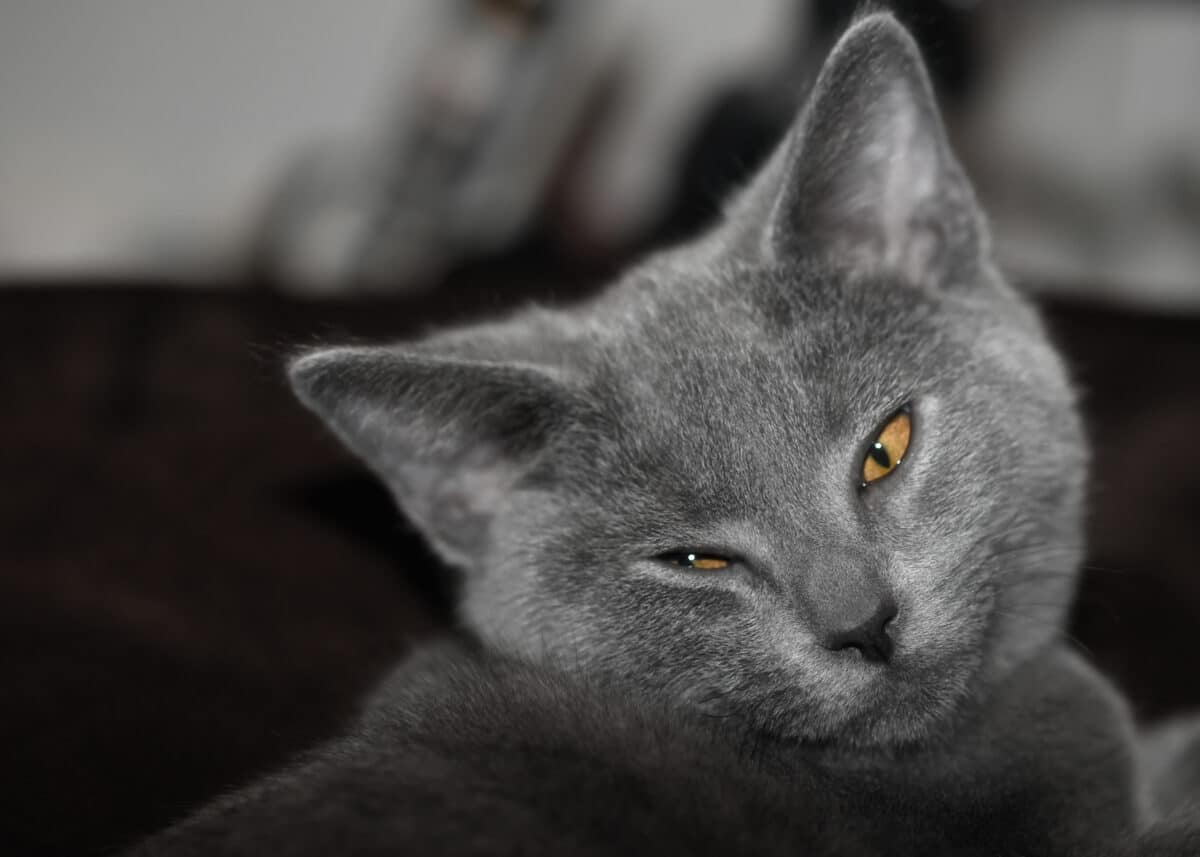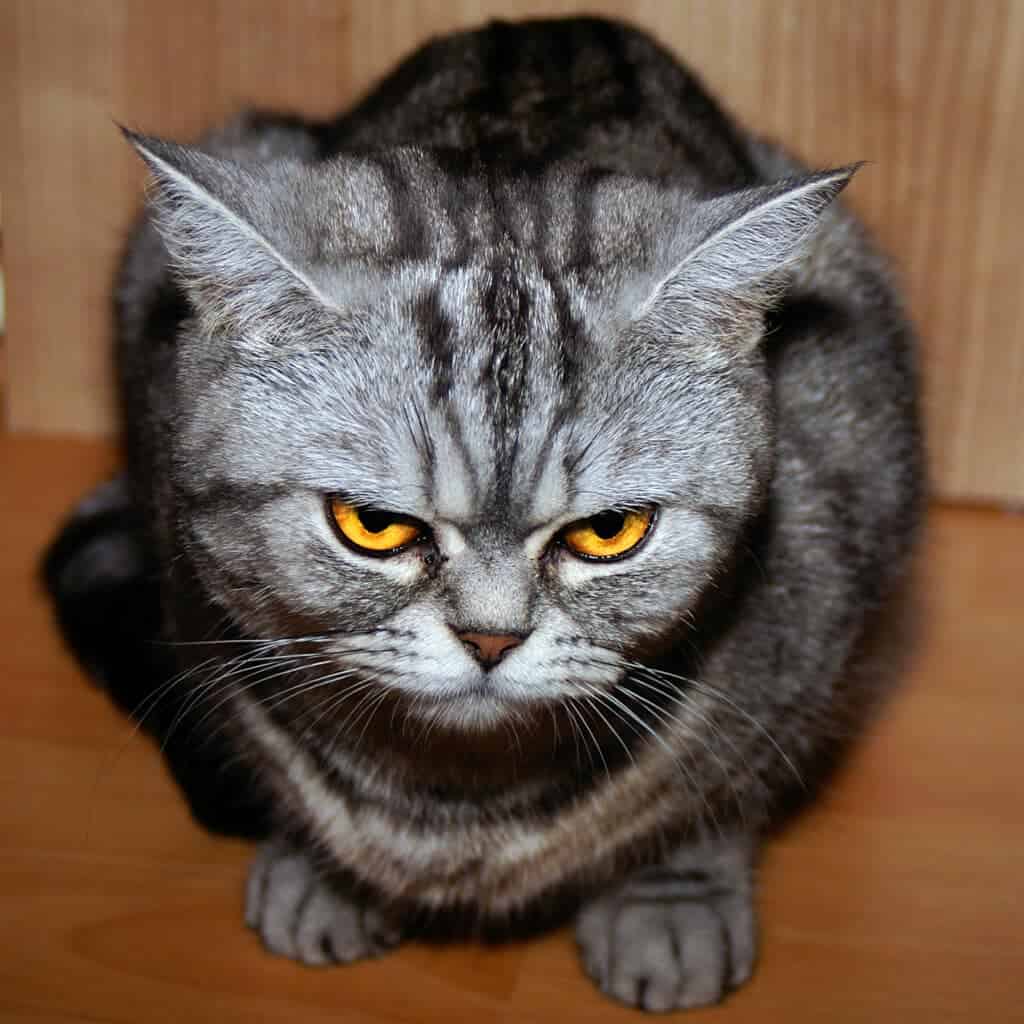Cats, those enigmatic creatures that grace our homes with their presence, have long been the subject of fascination and mystery. They prowl, they purr, and they cast you those inscrutable glances that leave you wondering, “What on earth are they thinking?” While they may have a reputation for being aloof and hard to read, a recent study has shattered these notions, revealing that cats possess nearly 300 facial expressions, including one that they share with humans – the ‘play face.’
Intrigued by this revelation, we delve into the world of feline communication, uncovering the hidden language of cats that often goes unnoticed. This is not just about cute cat videos but a fascinating exploration of our furry companions’ complex emotional spectrum.
The Study Unveiled
Over the course of a year, a group of dedicated researchers embarked on a mission to decode the enigma of feline facial expressions. They recorded a total of 276 distinct facial expressions exhibited by 50 cats residing in a cat cafe in Los Angeles. These expressions ranged from playful and friendly to assertive and even aggressive. The findings of this study, published on October 18 in the journal Behavioural Processes, have opened a window into the world of cat emotions that many of us may not have thought possible.
Going Beyond Meows and Purrs
While cats are renowned for their meowing and purring, these vocalizations are only part of the story. For years, we’ve known that dogs, chimpanzees, and humans have an array of facial expressions used to convey their emotions. Humans have 44 such expressions, dogs boast 27, and chimpanzees leave us all in awe with a whopping 357. However, cats were often sidelined when it came to expressiveness.
The lead author of the study, Brittany Florkiewicz, an assistant professor of psychology at Lyon College in Arkansas, explained, “The literature is so sparse, and many studies only focus on the connection between cats and humans over the course of 10,000 years of domestication. At the cat cafe, we were able to document spontaneous interactions between the cats and record their facial expressions.
Decoding the Feline Facial Vocabulary
The study reveals that each individual cat expression is a composition of approximately four out of 26 unique facial movements. These movements include parted lips, dilated or constricted pupils, blinking, curled corners of the mouth, nose licks, and different ear positions. It’s almost like a secret language hidden behind their whiskers and adorable eyes.
In one noteworthy interaction, the researchers observed a pair of cats swiftly transitioning from playfulness to confrontation. One of them suddenly crouched down and hissed at its littermate before retreating. As Florkiewicz noted, “You can see a change in their facial expressions. At first, one cat’s eyes were more relaxed, its ears and whiskers pushed forward, indicating a movement to get closer to the other cat. But then things got ugly, and it moved its ears and whiskers backward – its demeanor changed pretty quickly.”
The ‘Play Face’ Connection
One intriguing discovery of the study is what the researchers called the “common play face.” This expression is characterized by the corners of the mouth being drawn back, creating a semblance of a laugh. Moreover, the jaw drops during this expression, which is strikingly similar to how humans, dogs, and even monkeys express enjoyment. This finding highlights a remarkable connection between humans and their feline friends, suggesting a shared emotional thread that transcends species.
Deciphering the Expressions
While this study provides a remarkable glimpse into the rich world of feline expressions, it leaves us with the question: What are cats “saying” to each other and to us with these myriad expressions? Deciphering the full meaning behind each expression will require more research. However, the implications are profound.

A New Understanding of Our Feline Friends
For cat lovers, this study offers a new perspective on our feline companions. Cats have long been characterized as aloof and difficult to understand, but this research paints a different picture. More of their expressions were found to be friendly (45%) than aggressive (37%), and some (18%) fell into both categories or remained ambiguous.
This newfound knowledge can revolutionize the way we interact with our cats and provide valuable insights for animal shelters and humane societies. Understanding these expressions can help shelter staff assess the emotional state of cats in their care more effectively.
The Future of Feline Expression Research
As we continue to unravel the mysteries of feline expressions, it’s evident that cats have a lot more to say than we ever imagined. This research has even sparked the interest of companies wanting to develop apps that can record and decode their cats’ facial expressions. This could be a game-changer in strengthening the bond between humans and their feline friends.
Conclusion
Our understanding of cats’ facial expressions has taken a giant leap forward, debunking the myth of the aloof feline. Cats are not just silent companions; they have a rich and nuanced emotional palette. Their “play face” further strengthens the bond between humans and cats, revealing an emotional connection that transcends species. This newfound knowledge has the potential to improve the deepen our appreciation for the mysterious world of our feline friends.
Up next:
Lucky Homeowners Have Lynx Cats in Their Backyard in Northern Ontario
12 Animals That Stealthily Roam Through Taylor Swift Songs
Join our Forum for free today!

- The Kleptomaniac Cat That Rules Houston - July 20, 2024
- Elephant Makes a Lifelong Friend at Sanctuary in Tennessee - July 14, 2024
- Evidence For World’s Oldest Fossilized Forest Discovered in New York - July 11, 2024

